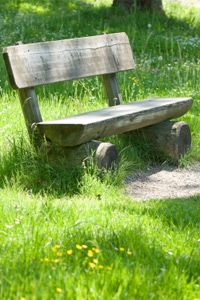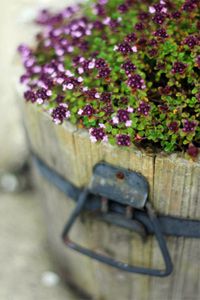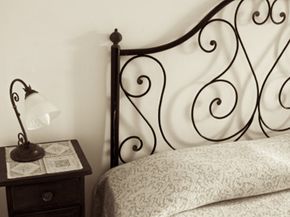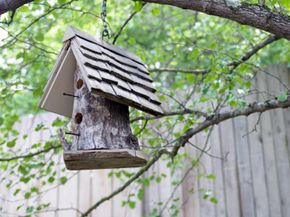Woodworking is one of the oldest trades of humankind, dating back thousands of years. And why not? Wood is plentiful, inexpensive and easy to work with, not to mention the fact that it's a renewable resource.
Whether crews are tearing down an old barn or cutting down a dying tree across the street, chances are you either have some spare wood lying around or have a source right around the corner that you can recycle it from.
Advertisement
Though wood is much easier to work with than, say, a piece of sheet metal, it still requires patience and precision. In any woodworking project, exact measurements are important. You should also be sure to follow any directions you have so the pieces fit together properly and be sure to take care of your tools so they stay in prime condition [source: Essortment]. Well-sharpened tools require less effort to use, so you're less likely to cut yourself -- but all tools should still be handled with care and used with appropriate safety equipment.
Before you start working with recycled wood, you should familiarize yourself with the three kinds of wood: hardwood, softwood and plywood. Hardwood comes from deciduous trees like oak, walnut, cherry, mahogany and maple. Softwood is made from coniferous trees like pine, hemlock, spruce, cedar and redwood. Plywood is made from thin sheets of wood glued and pressed together [source: Essortment].
What kind of wood you use depends on the project. If you're making furniture, for example, hardwoods are best. If you want to make a plaque or box, pine is a good choice.
So when you have wood left over from a remodeling job or are replacing a bookshelf or doors, don't throw away your scraps. Doors can become tables. Shelving can become a coat rack. Blocks of wood can be wrapped and turned into Christmas decorations [source: Craft Ideas Guide].
There's no end to what you can do with recycled wood. Read on to find out how to turn recycled wood into planters, benches, tables, headboards, birdhouses and more.





